Sliding gate operator limit sensor – Spring mechanism
A sliding gate operator’s spring limit mechanism uses a spring-loaded switch to control the gate’s movement.
When the gate reaches its fully open or closed position, it physically compresses the spring, which in turn triggers a switch to cut power to the motor, stopping the gate. This mechanism relies on direct physical contact and the force exerted by the gate on the spring.
Here’s a more detailed explanation:
-
Function:The spring mechanism acts as a sensor to detect when the gate has reached its limit (either fully open or fully closed).
-
Mechanism:A spring is positioned along the gate’s track. As the gate moves, it eventually pushes against the spring, compressing it.
-
Trigger:When the spring is compressed to a certain point, it activates a switch. This switch then sends a signal to the gate operator’s control board.
-
Power Cut:The control board, upon receiving the signal, cuts power to the gate’s motor, effectively stopping the gate’s movement.
-
Comparison to Magnetic Limit Switches:Unlike magnetic limit switches, which use magnets and sensors, spring mechanisms rely on physical contact and the force of the gate against the spring.
-
Advantages:Spring mechanisms offer a simple and cost-effective way to control gate movement.
-
Potential Issues:Over time, the spring or switch might wear out or become damaged, requiring maintenance or replacement.

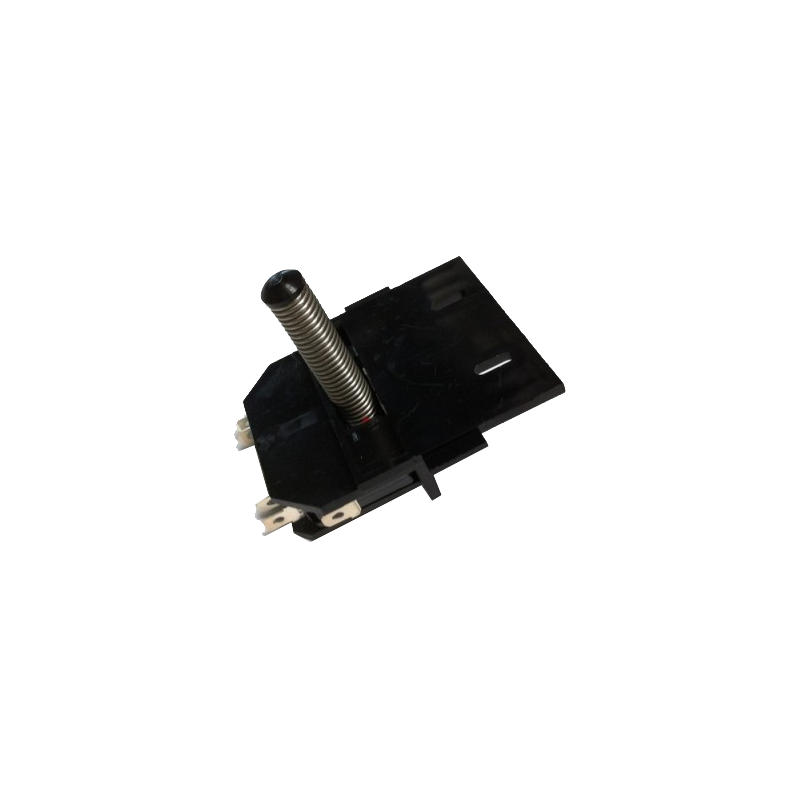

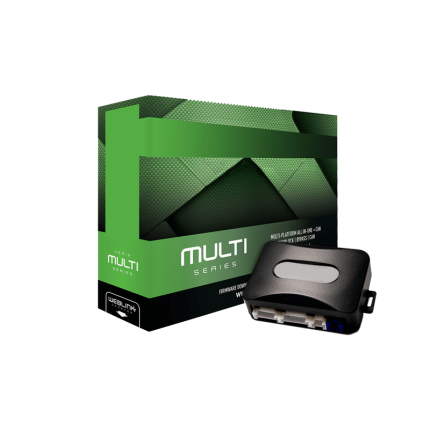



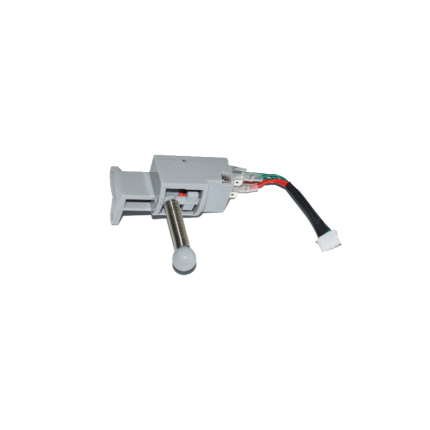
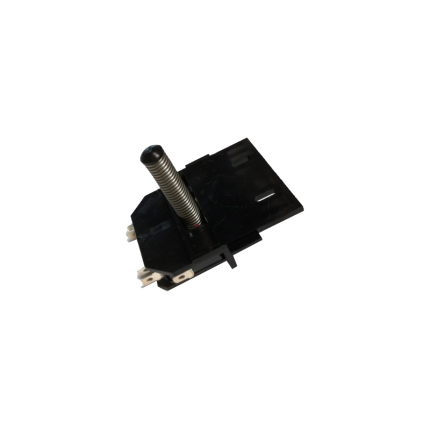
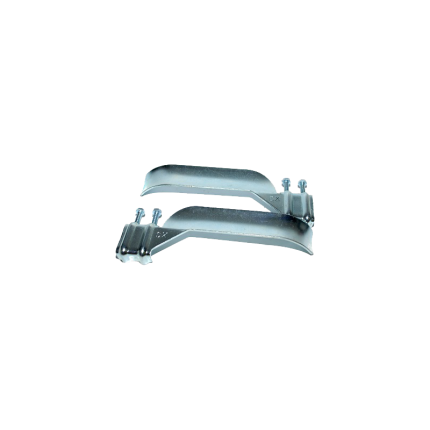
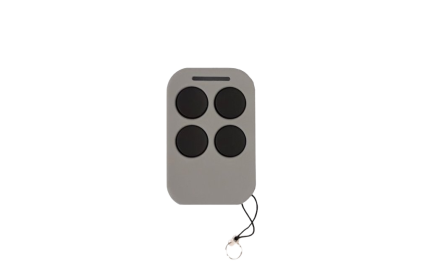
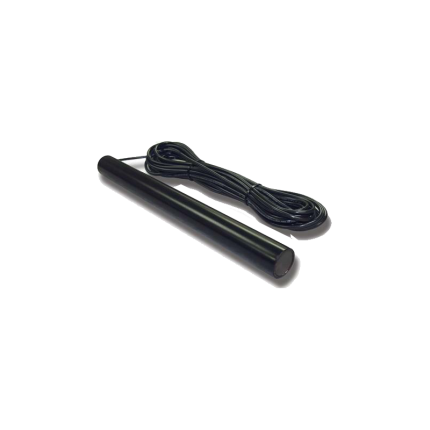
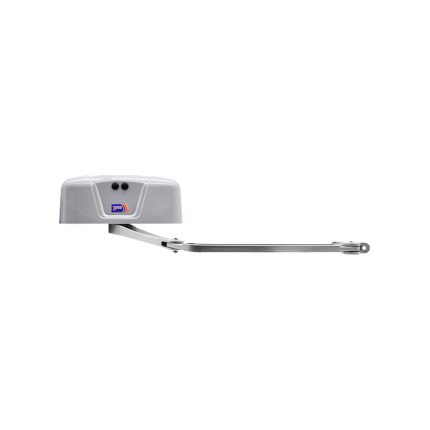
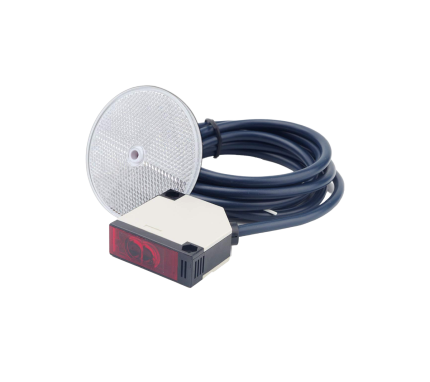
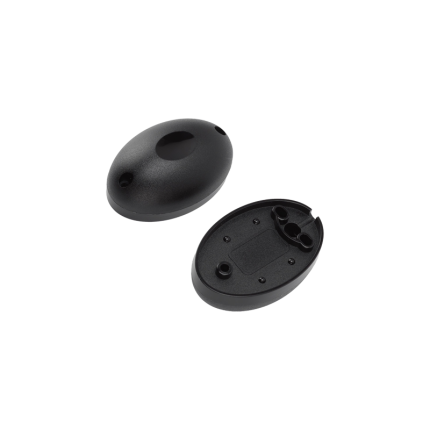

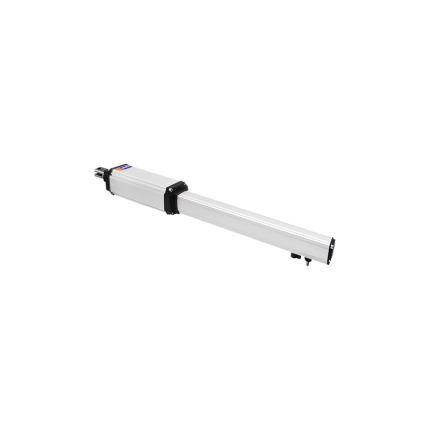



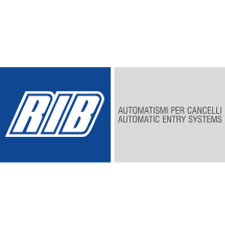






Reviews
There are no reviews yet.